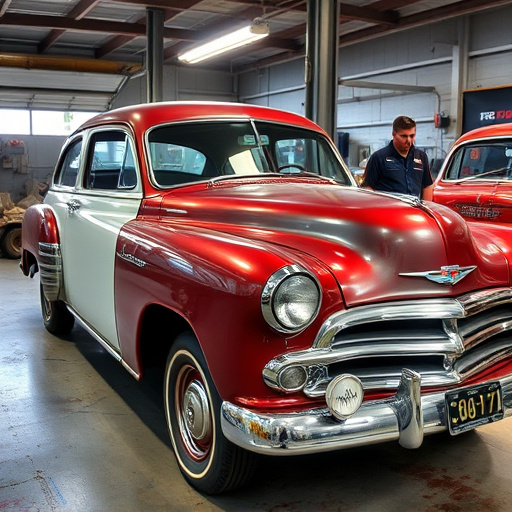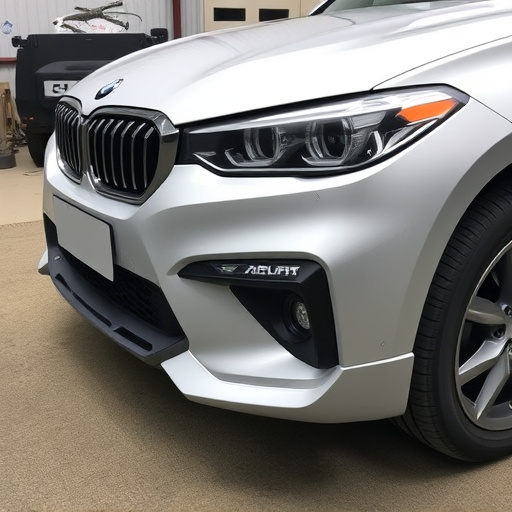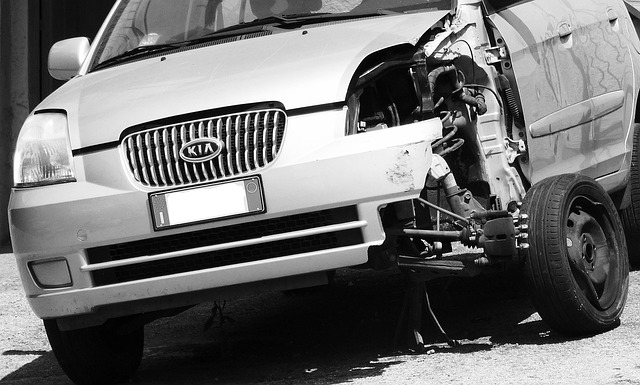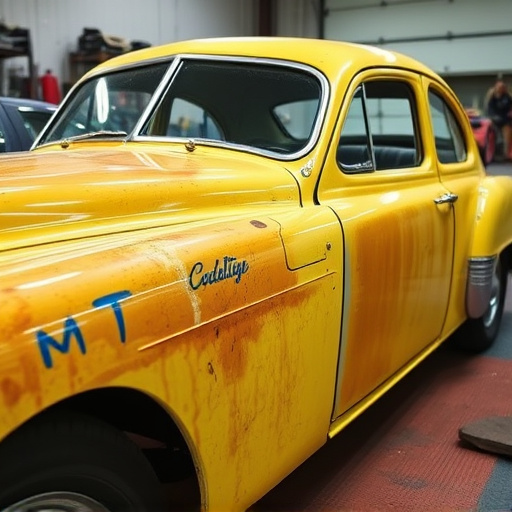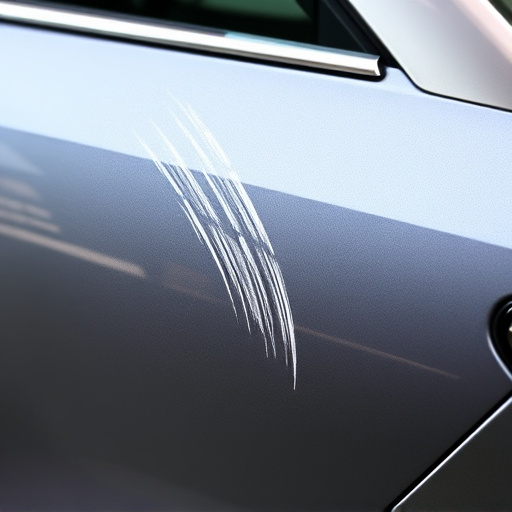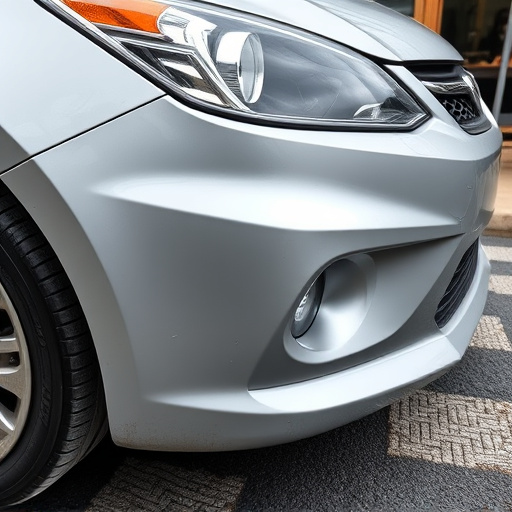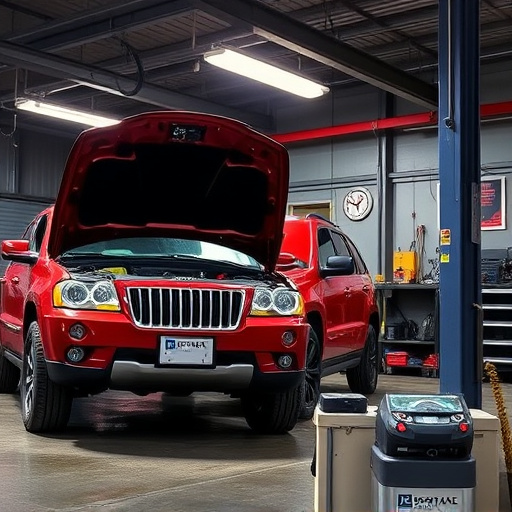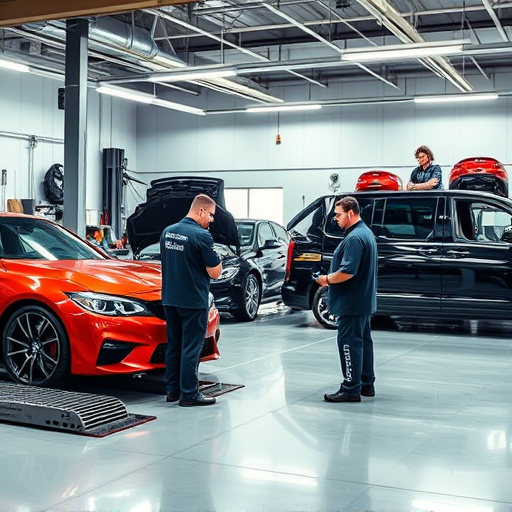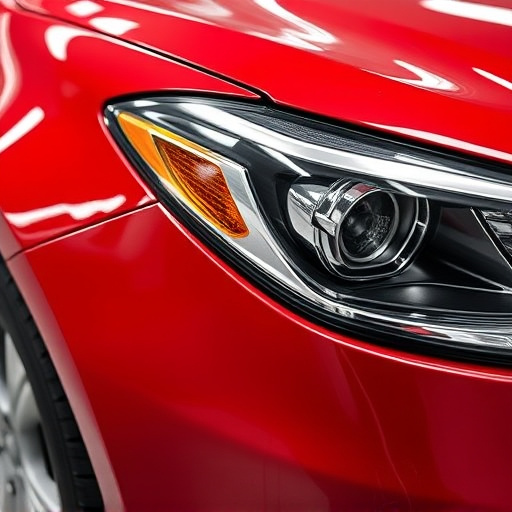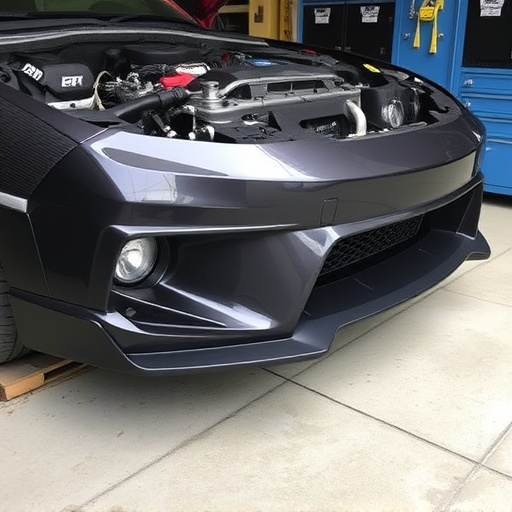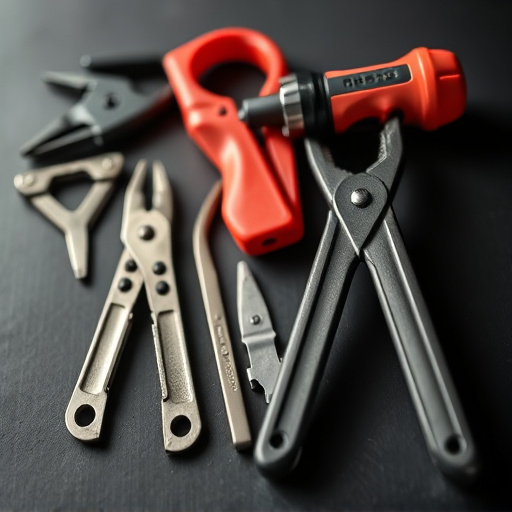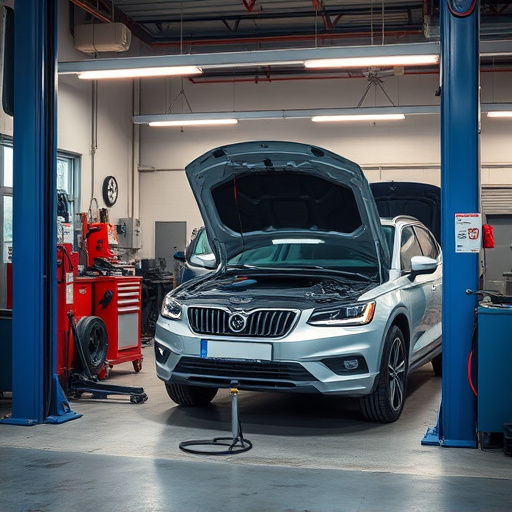Tesla composite repair demands specialized knowledge and precision due to the intricate nature of interior components made from CFRP and fiberglass. Skilled mechanics require tailored tools, specific adhesives, and meticulous techniques for effective repair, maintaining both structural integrity and aesthetic appeal while adhering to high performance and safety standards.
Tesla vehicles are renowned for their cutting-edge technology and innovative design, including the use of composite materials in the interior. This article delves into the world of Tesla composite repair, exploring the unique challenges posed by these complex components. We’ll guide you through understanding the intricate nature of Tesla’s interior composites, identifying common issues, and implementing effective strategies for successful Tesla composite repair to ensure your vehicle’s longevity and aesthetic appeal.
- Understanding Tesla Interior Composite Components
- The Challenges of Composite Repair for Tesla Vehicles
- Effective Strategies for Successful Tesla Composite Repair
Understanding Tesla Interior Composite Components
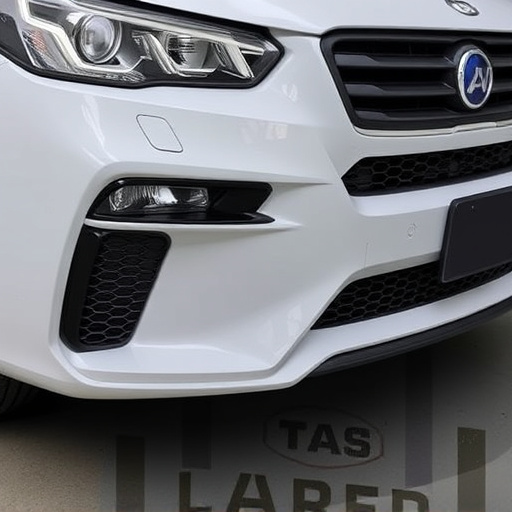
Tesla’s interior composite components are a unique aspect of their vehicle design, offering both lightweight construction and enhanced aesthetics. These components, often found in door panels, dashboards, and trim pieces, consist of advanced materials like carbon fiber reinforced plastic (CFRP) and fiberglass, meticulously engineered to reduce weight and improve structural integrity without compromising on style. The intricate nature of these composites requires specialized knowledge for effective repair when damage occurs, making Tesla composite repair a critical aspect of automotive collision repair services.
When it comes to auto body work, Tesla composite repair demands precision and expertise. Traditional methods used in automotive body work may not be suitable for composite materials, as they can lead to structural weaknesses or cosmetic imperfections. Skilled technicians utilize specialized tools and techniques tailored for composite repair, ensuring that the repaired area matches the original factory finish both visually and mechanically. This level of craftsmanship is essential to maintain the vehicle’s overall performance, safety standards, and aesthetic appeal, ultimately contributing to a superior car bodywork service experience.
The Challenges of Composite Repair for Tesla Vehicles
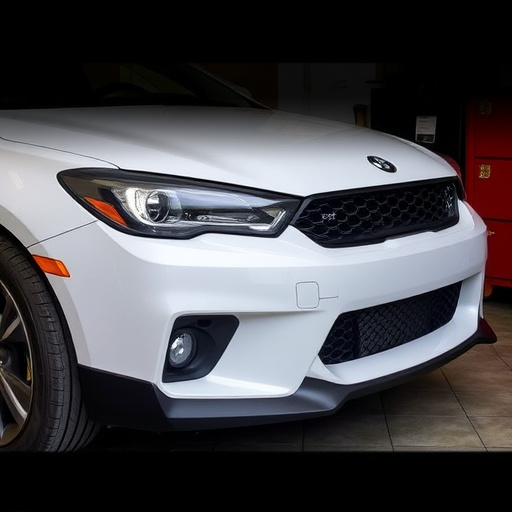
Tesla vehicles, renowned for their innovative use of composite materials, present unique challenges when it comes to repair, especially for interior composite components. Unlike traditional metal bodies, composites require specialized knowledge and techniques due to their complex nature. These advanced materials, while lightweight and durable, can be difficult to work with during the repair process. Cracks or damages in interior parts like door panels or dashboards may not always be apparent, making diagnosis a delicate task for auto body repair experts.
The precision required in Tesla composite repair is heightened by the intricate designs and tight tolerances of these vehicles. Traditional auto body restoration methods often need to be adapted or modified to accommodate the specific properties of composite materials. This includes understanding how to effectively bond different types of composites, choosing suitable adhesives, and ensuring structural integrity while restoring the car body. Moreover, Tesla’s commitment to quality means that any repair must match the vehicle’s original standards, presenting a challenging yet rewarding task for skilled mechanics specializing in mercedes benz collision repair or auto body repair in general.
Effective Strategies for Successful Tesla Composite Repair
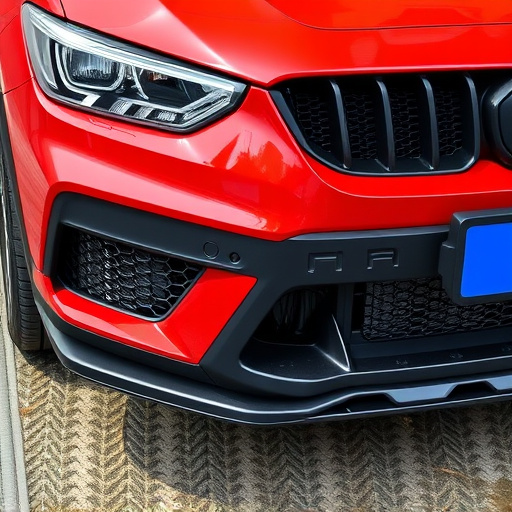
When it comes to Tesla composite repair, especially for interior components, a systematic approach is key. First, assess the damage meticulously; this involves inspecting the extent of the crack or delamination and identifying its location within the intricate composite structure. Once identified, the affected area needs to be cleaned thoroughly to remove any debris or contaminants that might hinder the bonding process during repair.
Effective Tesla composite repair requires utilizing appropriate adhesives specifically formulated for composite materials. These advanced adhesives ensure a strong bond between the damaged part and the surrounding composite, matching the structural integrity of the original component. In addition to the right adhesive, employing precision tools for shaping and molding is crucial, enabling technicians to accurately replicate the contoured surfaces of Tesla’s interior composite pieces. This level of detail ensures not just visual similarity but also structural soundness, addressing car damage repair effectively within an automotive body shop.
Tesla composite repair is a specialized process that requires understanding the unique properties of interior composite components. Navigating the challenges associated with these materials is crucial for maintaining the integrity and aesthetics of Tesla vehicles. By employing effective strategies, such as using advanced techniques and high-quality composites, technicians can successfully restore damaged interior parts, ensuring a seamless and durable repair. This specialized skill set is vital to keeping Tesla’s innovative designs in top condition.
